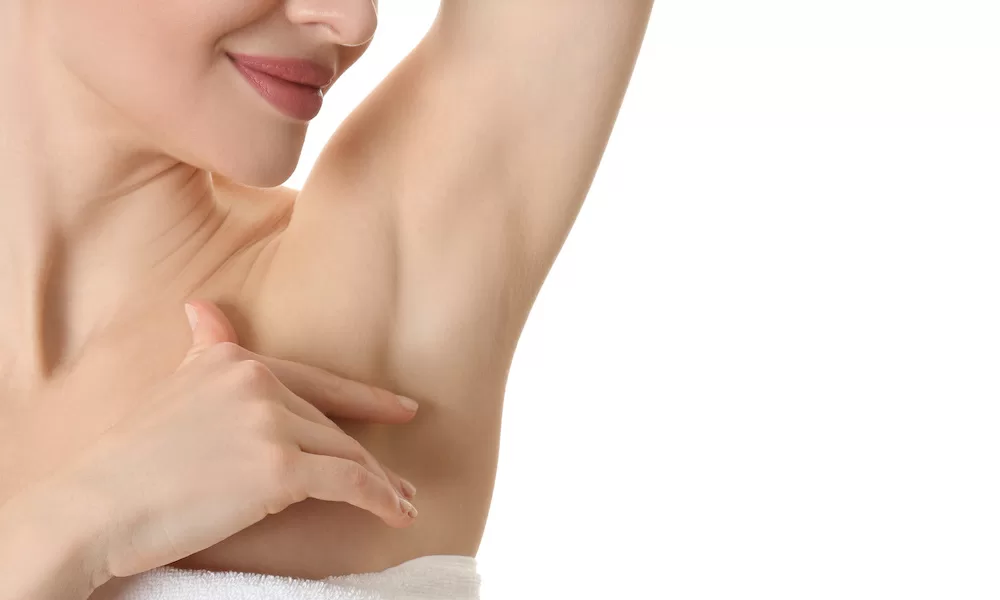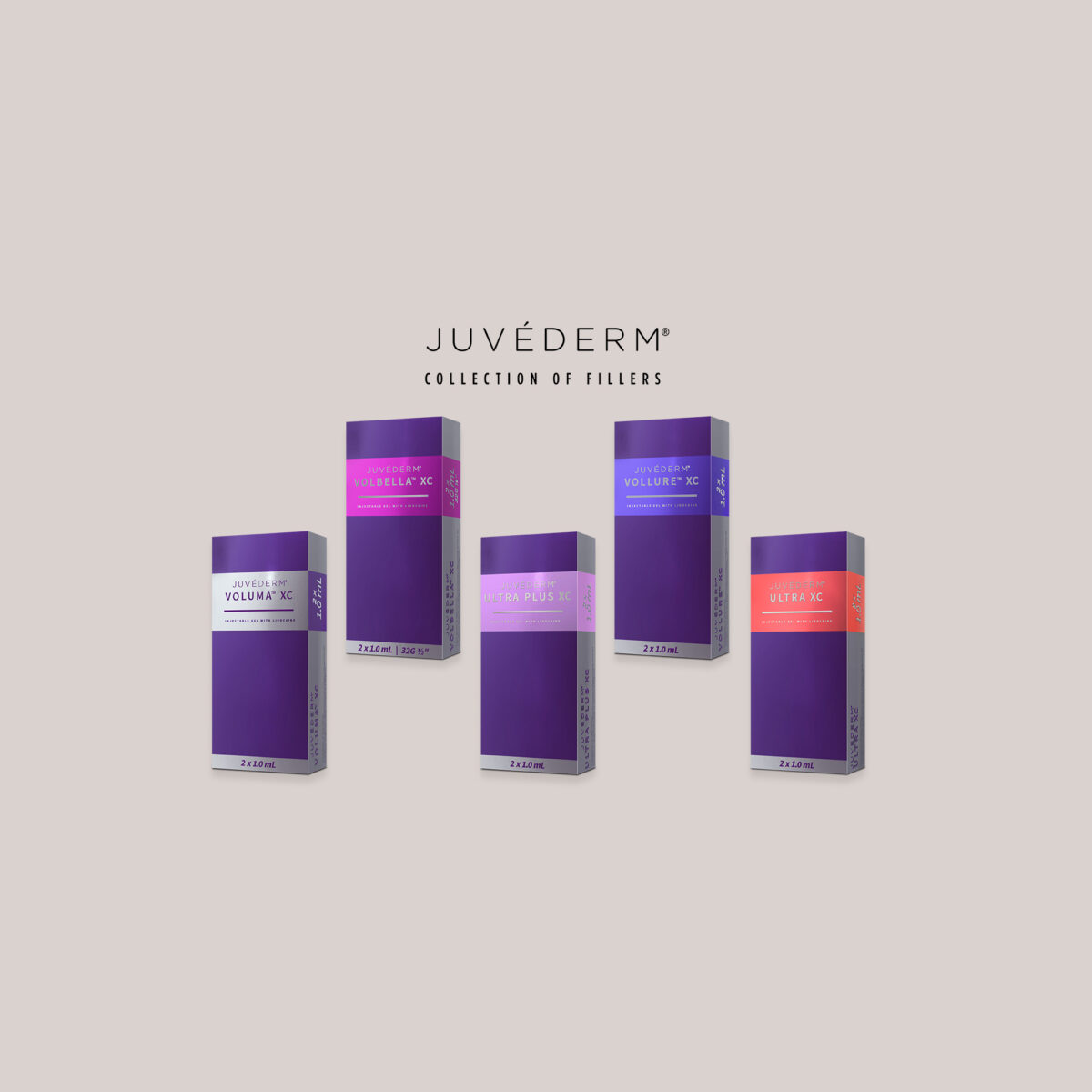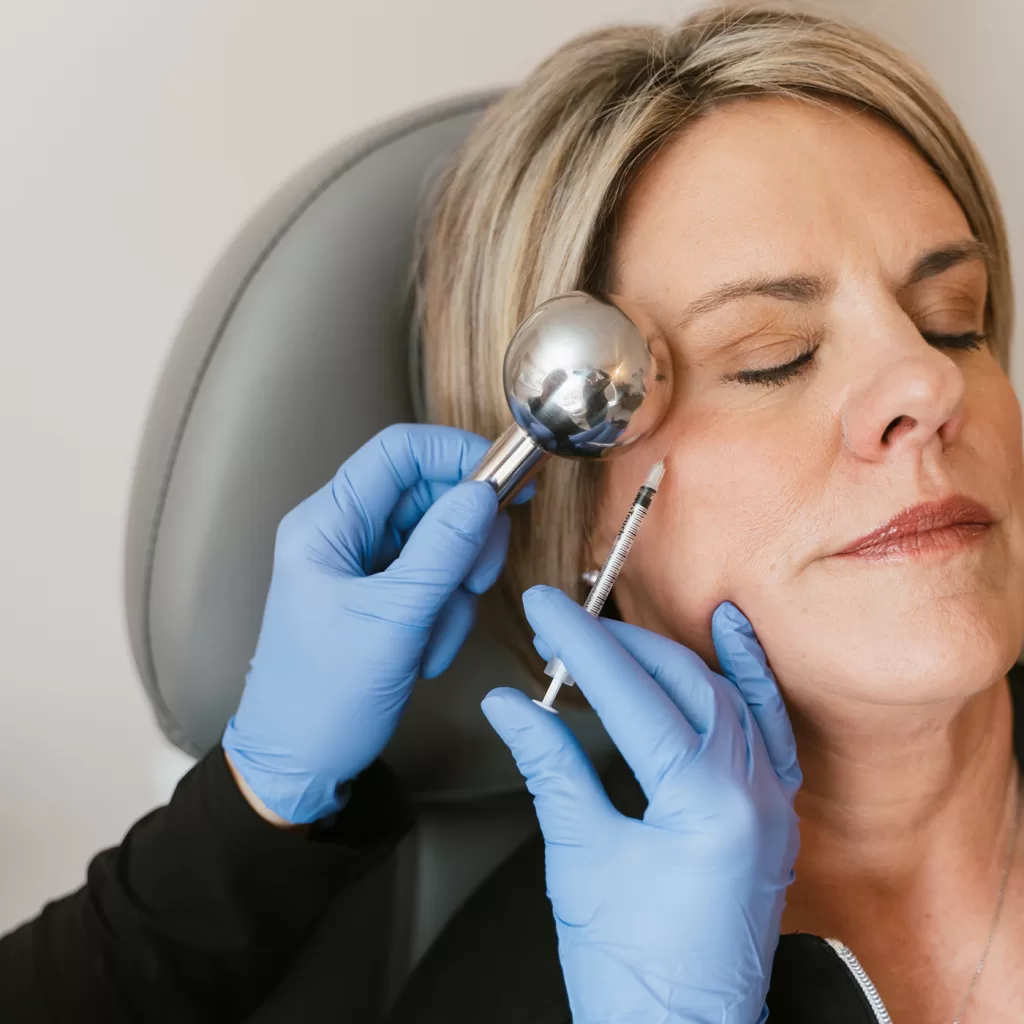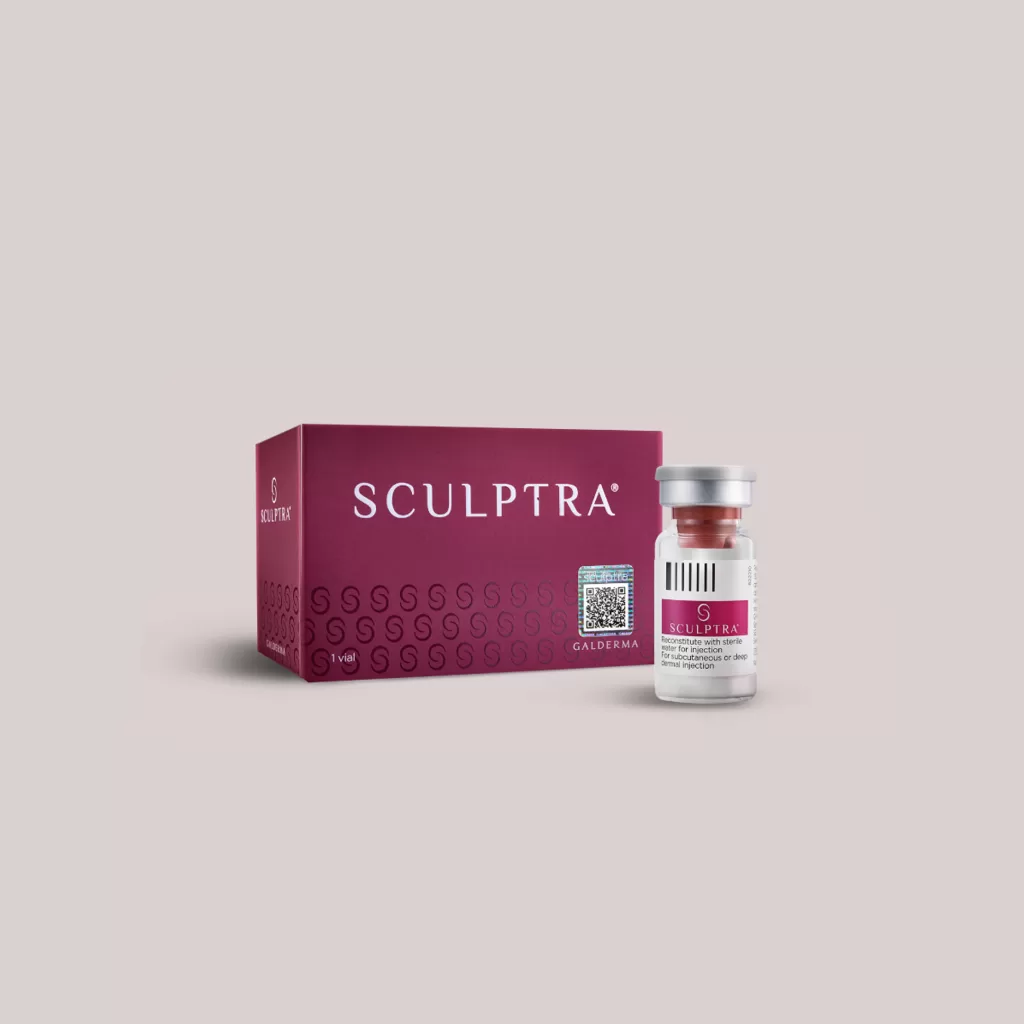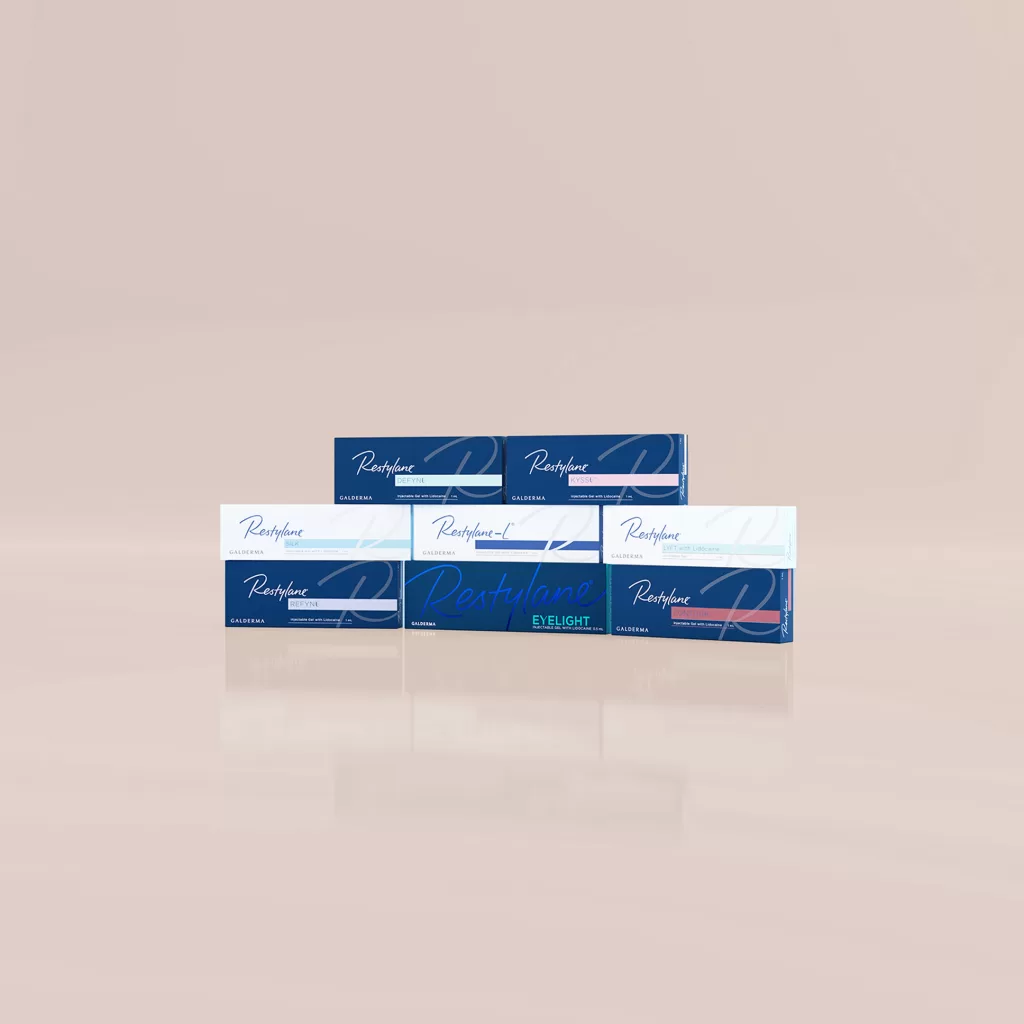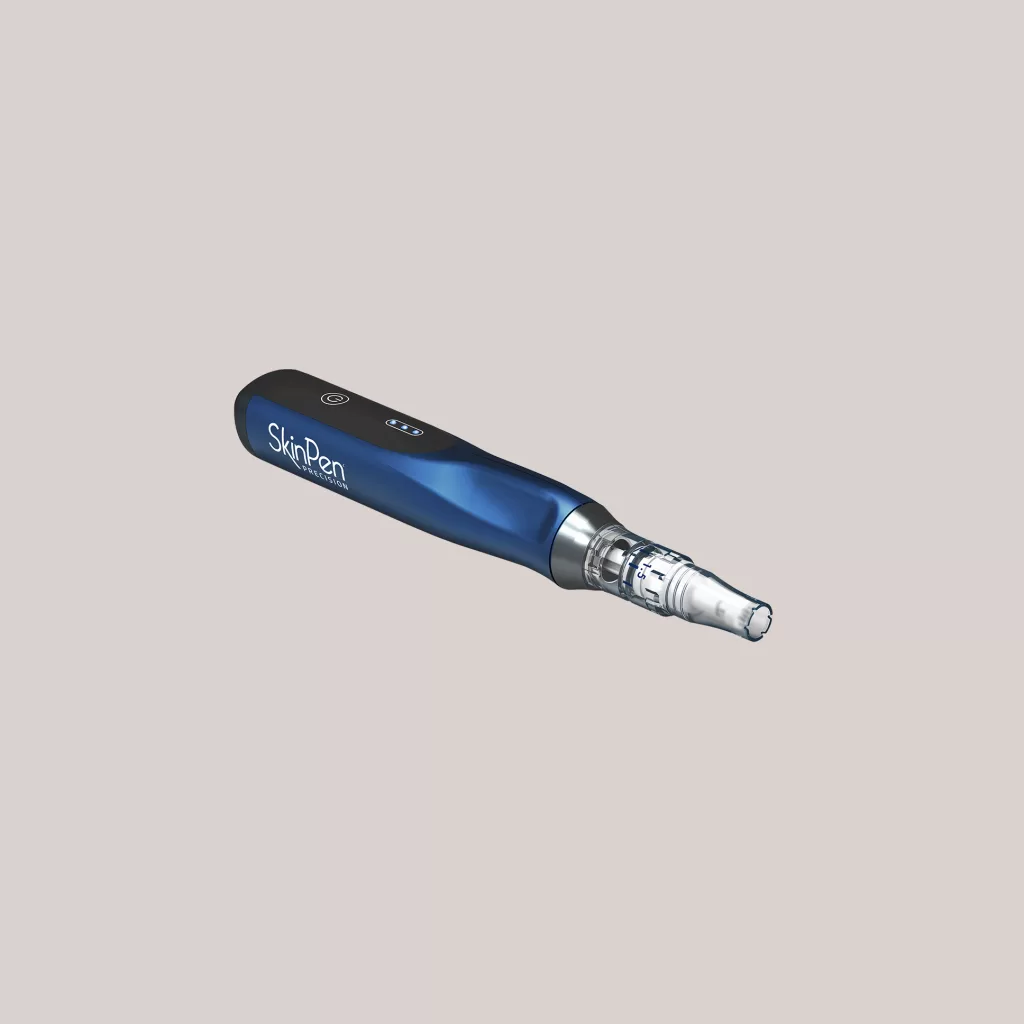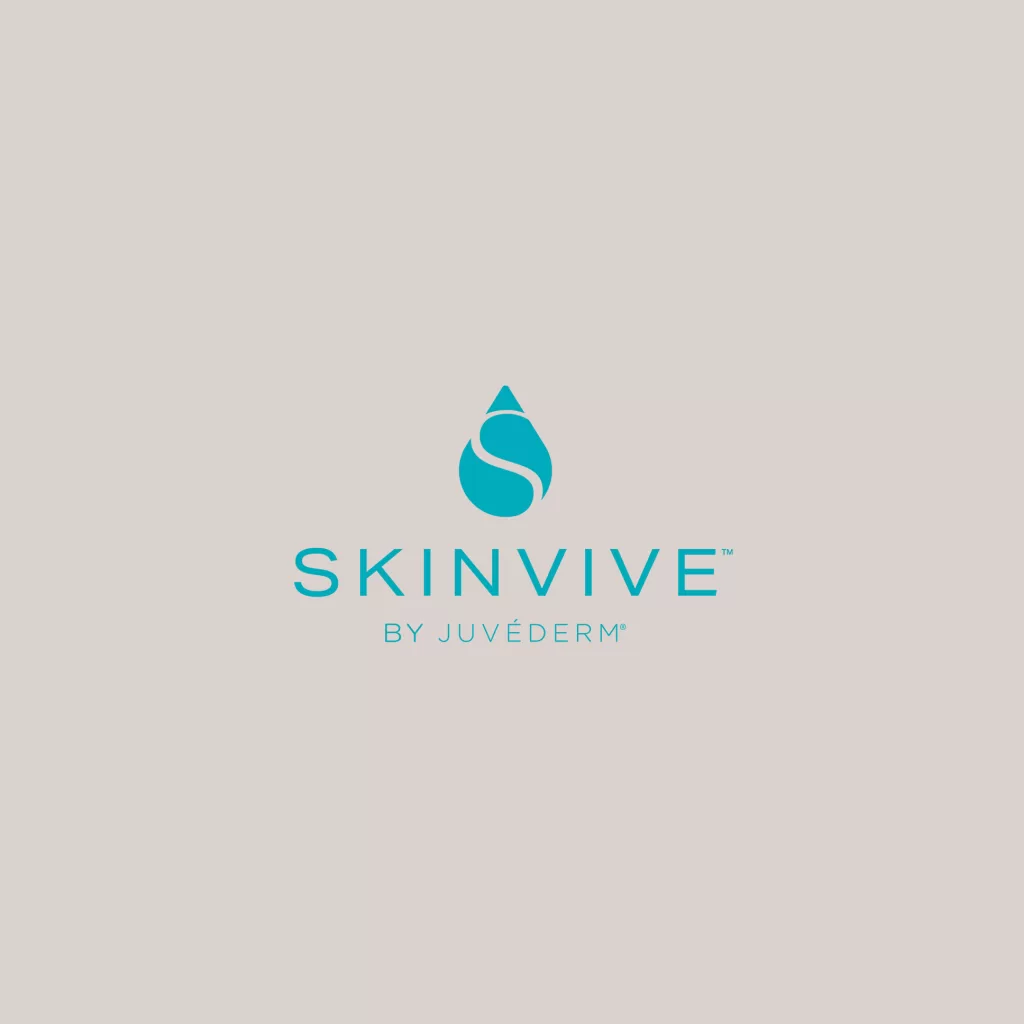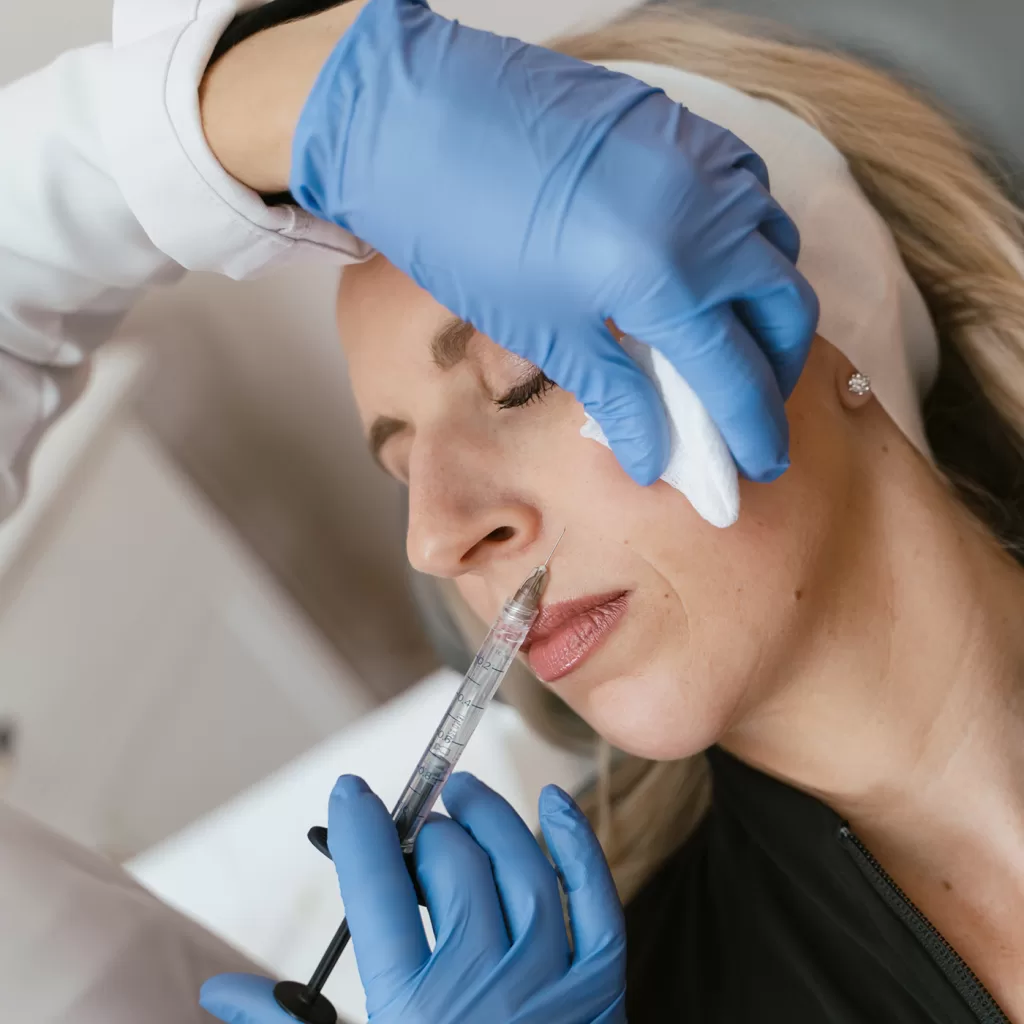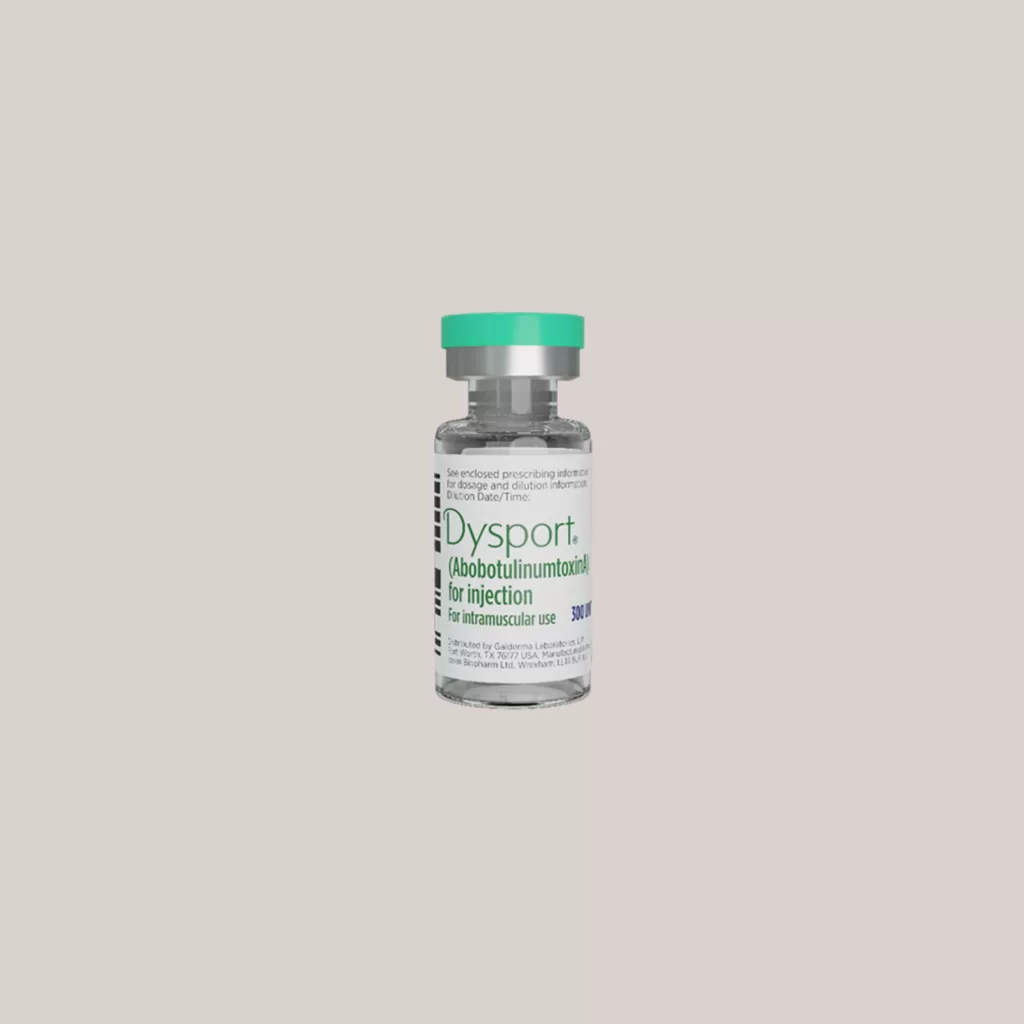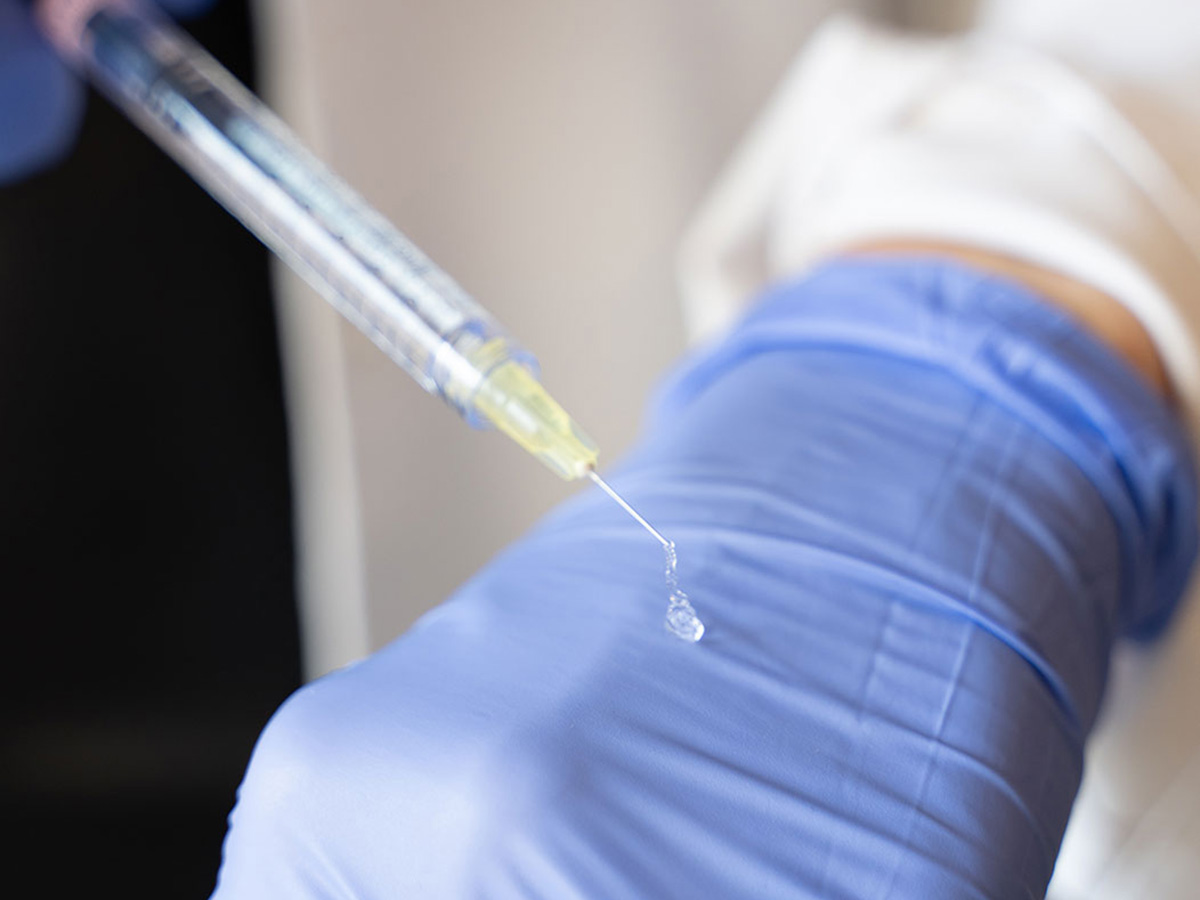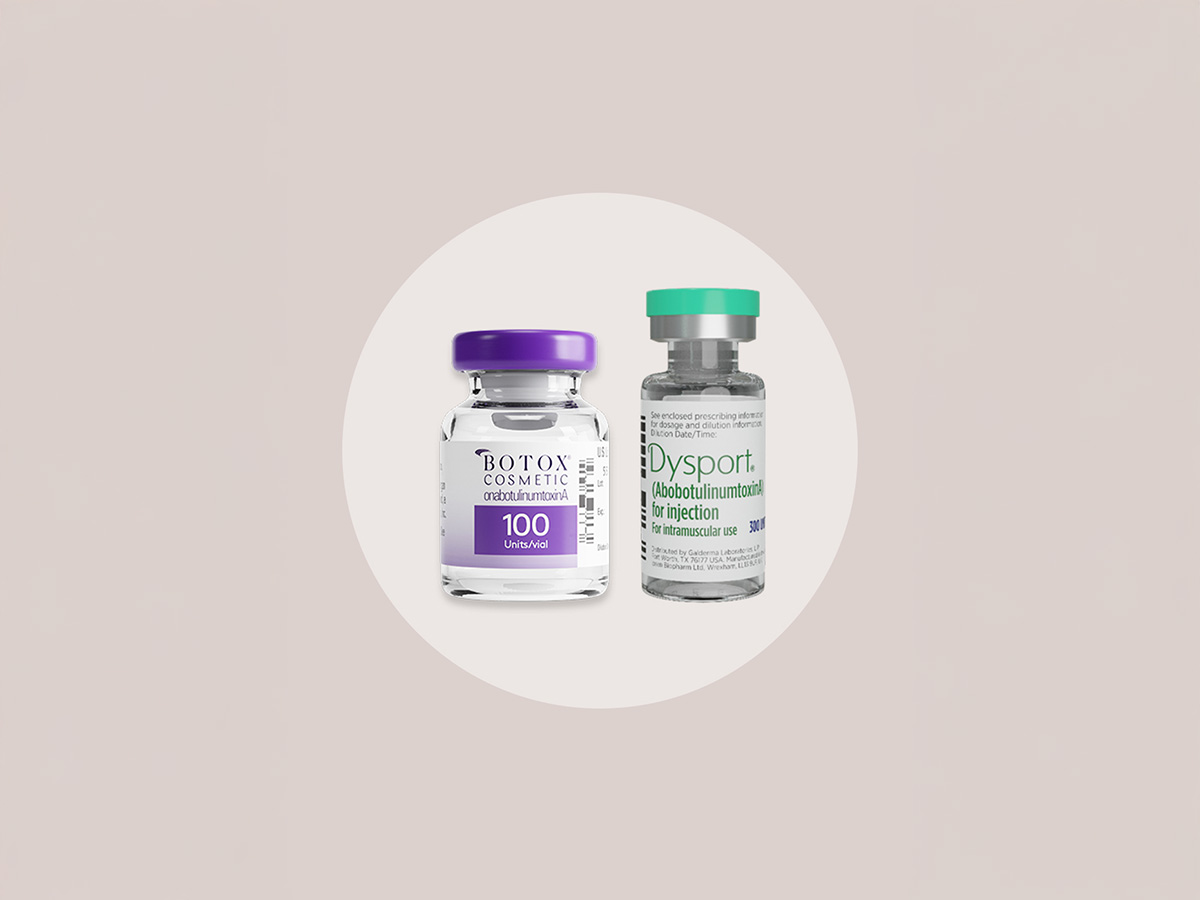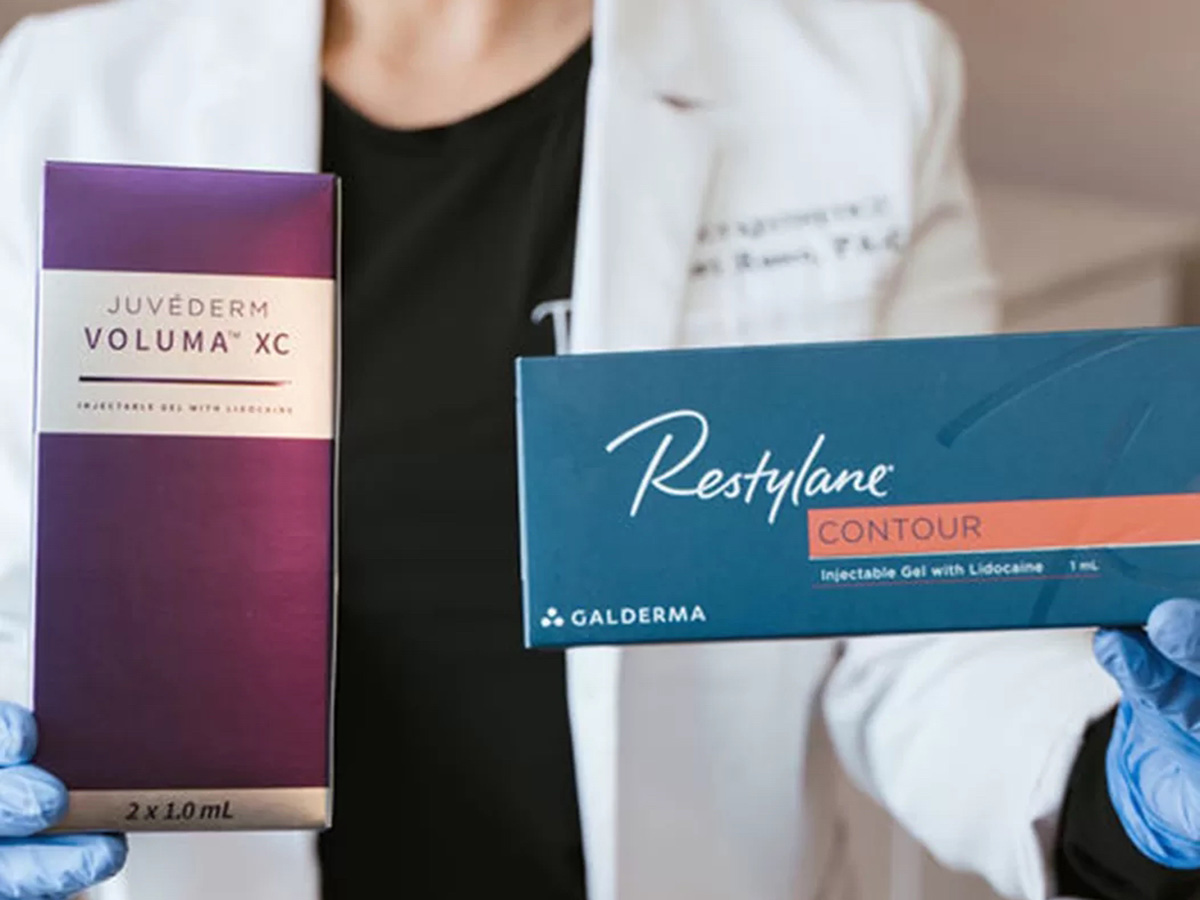Botox for excessive sweating
Hyperhidrosis, a medical condition characterized by excessive sweating in specific areas like the armpits, palms, or feet, can prove embarrassing and disrupt daily life. Even in cold or stressful situations, individuals may experience severe underarm sweating. When topical antiperspirants fall short in managing axillary hyperhidrosis, other solutions become necessary.
Injections of botulinum toxin (commonly known as Botox) offer an effective treatment avenue for hyperhidrosis. Administered into the underarms, Botox blocks nerve signals responsible for sweating, thereby curbing excessive sweat gland activity. Beyond underarm concerns, hyperhidrosis may manifest in areas like the hands, forehead, and feet. Regardless of location, botulinum toxin treatment stands as an effective approach, significantly enhancing patients’ quality of life.
What to expect when getting Botox under arms
Prior to your session, you’ll have a consultation with a skilled practitioner who will assess your medical history and conditions to determine if Botox treatment is suitable for your hyperhidrosis.
Typically, most clients find relief with just one botulinum toxin treatment per underarm, leading to a reduction in sweating. The procedure itself usually lasts around 30-45 minutes and is generally safe, with minimal potential side effects.
The process begins by cleansing and marking the targeted area under each armpit. Botulinum toxin injections are then administered approximately every 1.5-2 cm within the marked region. Generally, each underarm requires around 15-20 injections. Patients often start noticing results within 3-5 days post-treatment, but the full effects may take up to 2 weeks to manifest for hyperhidrosis relief.
In summary, when undergoing Botox injections for treating hyperhidrosis in the underarms, here’s what you can typically expect:
- Consultation: Your healthcare provider will discuss your medical history, assess your condition, and explain the procedure in detail. They will also address any questions or concerns you may have.
- Preparation: You may be advised to avoid certain medications, such as blood thinners, before the procedure to minimize the risk of bruising. Your underarms will be cleaned thoroughly before the injections.
- Injection Process: The treatment area will be marked, and a series of small injections of Botox will be administered directly into the skin of your underarms. The procedure is relatively quick and typically well-tolerated.
- Discomfort: You may experience mild discomfort or a slight stinging sensation during the injections, but any discomfort is usually minimal and temporary.
- Post-Treatment Care: After the procedure, you can resume your normal activities immediately. Your healthcare provider may advise you to avoid strenuous exercise and excessive heat for a day or two following the injections.
- Results: It may take a few days to notice the full effects of the treatment. Over the following weeks, you should experience a significant reduction in underarm sweating.
- Duration of Results: The effects of Botox for hyperhidrosis typically last for several months, with many patients experiencing relief for up to six months or longer before needing another treatment.
- Follow-up: We’ll schedule a follow-up appointment to assess your response to the treatment and determine if any additional injections are needed.
How long do results last?
The frequency of subsequent treatments varies depending on the individual, usually occurring every 4-6 months following the initial session. Over time, many clients find that they can extend the intervals between treatments. When administered correctly, a single treatment for axillary hyperhidrosis can provide relief for up to 12 months.
Botox for Hyperhidrosis aftercare
After the Botox treatment, individuals can return home immediately. It’s advised to refrain from strenuous exercise, hot baths, or showers for the remainder of the day. Applying ice to the treated area and taking a mild pain reliever if needed can help alleviate any tenderness. Normal activities can typically be resumed the following day. To prevent the spread of the toxin to other areas, patients should avoid touching the treated area.
Additionally, it’s recommended to avoid hot environments or activities that induce excessive sweating for 24 hours post-treatment. Taking aspirin, ibuprofen, or other blood-thinning medications for the same duration can help minimize the risk of bruising.
Frequently Asked Questions
Hyperhidrosis manifests in two primary forms: primary and secondary.
Primary Hyperhidrosis: Also referred to as focal hyperhidrosis, this type targets specific body areas like the armpits, palms, soles of the feet, and face. Typically onset during adolescence, primary hyperhidrosis is not linked to underlying medical issues. It may have a hereditary component and significantly impact one’s quality of life.
Secondary Hyperhidrosis: This variation stems from underlying medical conditions or medication. It can affect the entire body or localize to specific areas. Causes include menopause, thyroid disorders, diabetes, certain medications, and infections. Treatment typically involves addressing the root medical issue or adjusting medication.
Yes, Botox is recognized as both safe and effective for hyperhidrosis treatment. Endorsed by the U.S. Food and Drug Administration (FDA) for this purpose, it operates by intercepting the signals that activate sweat glands, thereby diminishing sweating in the treated region.
As with any medical intervention, potential risks and side effects accompany Botox treatment for hyperhidrosis. These may encompass transient discomfort, redness, swelling at the injection site, as well as bruising and numbness. In rare instances, severe reactions like allergic responses, muscle weakness, or breathing difficulties may arise.
Ideal candidates for Botox treatment for hyperhidrosis are those who contend with excessive sweating in specific body regions like the armpits, palms, or feet, a condition known as hyperhidrosis. This condition can prove socially awkward and disrupt daily routines.
Typically, Botox is advised for individuals who have attempted other non-invasive and topical remedies, such as prescription antiperspirants or oral medications, without achieving desired outcomes. It’s important to emphasize that Botox isn’t recommended for individuals with a history of allergic reactions to the toxin or its constituents.
Candidates should generally be in good health overall and harbor realistic expectations regarding the treatment’s results. Botox offers a temporary remedy for hyperhidrosis, typically lasting several months before requiring further interventions.
The degree of discomfort felt during botulinum toxin treatment for hyperhidrosis can vary based on individual pain thresholds and the specific treatment areas. Nonetheless, most individuals describe minimal discomfort throughout the procedure.
To mitigate potential pain, the area may be numbed with a topical anesthetic before the initial injections. The injections themselves are typically administered using a small needle, which may cause mild discomfort or a slight pinching sensation. However, the process is generally brief and well-received.
In summary, botulinum toxin treatment for hyperhidrosis is generally regarded as relatively painless and well-tolerated. If you have concerns regarding pain management during the procedure, discussing your options with your healthcare provider beforehand is advisable.
